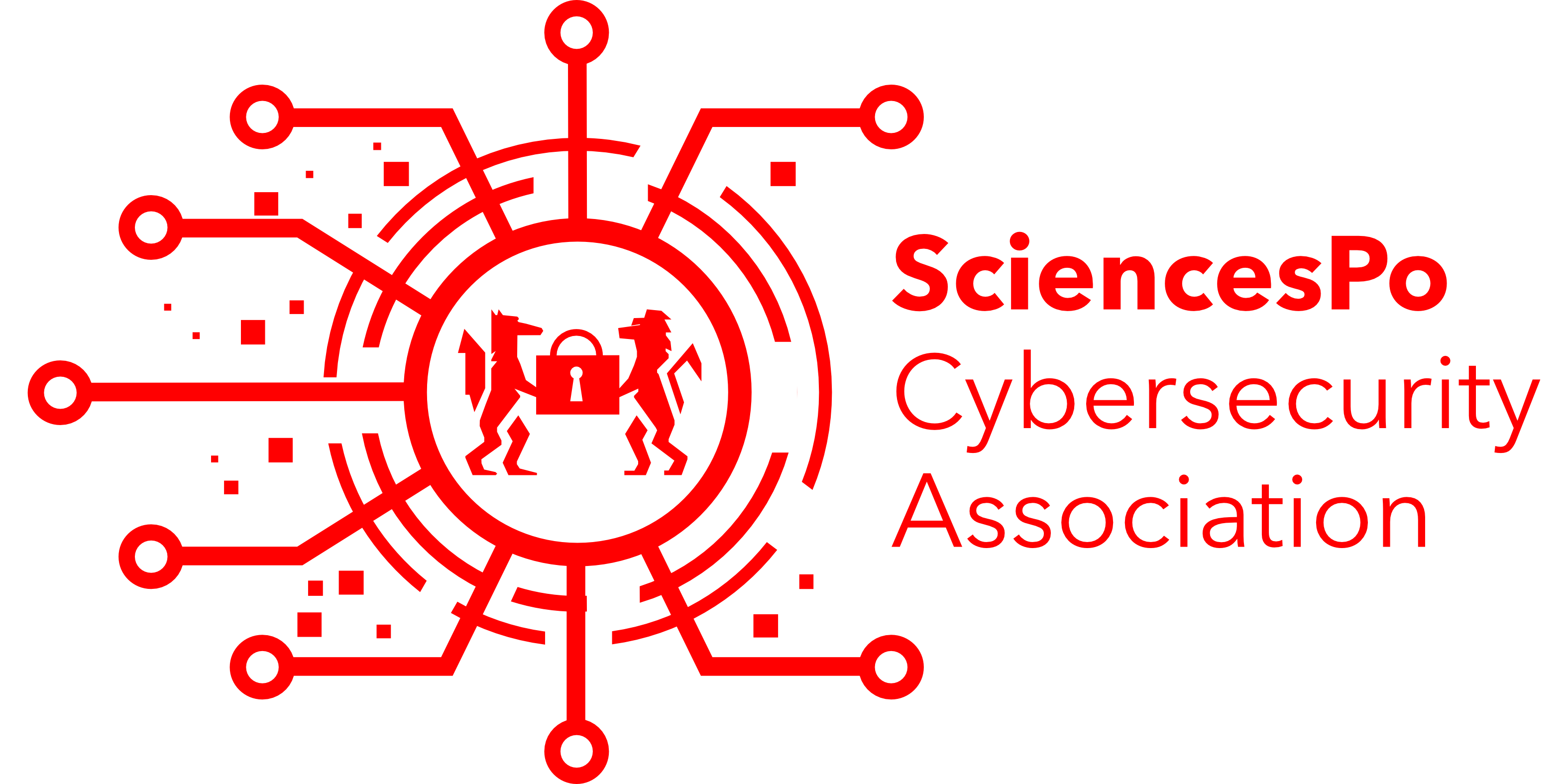We are looking for inspired articles from students about cybersecurity issues ranging from technical analysis to legal and political reflections, to be published either in our Academic Journal or on our Blog.
This year we are accepting submissions on a rolling basis. Submissions need be sent to communication@scpo-cybersecurityassociation.com
Guidelines for contributors:
Topics:
Journal articles/Blog posts’ topics should be as original as possible, and they can cover a wide variety of topics ranging from cyber policy to technological changes and events coverage.
We encourage writers to keep an international perspective and focus on a diverse range of countries as much as possible.
If you are researching interesting cyber-related topics for your courses, feel free to re-use parts of coursework and reformat it as an article/blog post.
For help the structure and layout of the journal/blog, we ask you to please fit your article/blog post into one of the four categories:
- Cyber News – coverage of current events (keep in mind that there is a lag between article submission dates and the publication of the journal so be sure to choose a cyber news topic that will stay relevant)
- Cyber Policy – can be country specific or international, includes cyberwar, national policy, cyber diplomacy etc.
- Technology and Innovation – key changes and analysis of technological capabilities
- Events coverage – both internal SCA events and other important events and cybersecurity conferences happening around the world
Please make sure that your article/blog post topic doesn’t overlap significantly with someone else’s topic in this edition, or potential previous editions, unless it is making a valuable and novel contribution to the previous article/blog post.
Articles/blog posts topics must be approved for submission, so please check that your topic has been approved before you start writing.
Format for academic articles (Journal):
- Start with title, the name of the author, and a 2-4 sentence introductory summary/description/excerpt from your article
- Length: between 800-2500 words long. For longer articles, you may include sub-headings to help structure your text.
- No need to worry about fonts since all of this will be unified at the end for publication
- Articles should be written in a journalistic or academic writing style (it should be analytical or reporting).
- Writers should choose a high-quality image to go with their article
References:
- Makes sure to reference any images used!
- Make sure you follow copyright when using images & attribute them to their source (in a caption or at the bottom of the article)
- Unsplash has freely reusable images; google images also lets you search for images that can be reused (under tools usage rights)
- Reference other sources as footnotes or in-text citations
- Referencing style used should be consistent
- Bibliographies are not necessary but when appropriate can be listed at the bottom under “References” or “Sources”
Format for blog posts:
- Start with title, the name of the author, and a 2-4 sentence introductory summary/description/excerpt
- Length: between 600-1200 words long. For longer blog posts, you may include sub-headings to help structure your text
- No need to worry about fonts since all of this will be unified at the end for publication
- Blogs should be written in a journalistic or academic writing style (it should be analytical or reporting).
- Writers should choose a high-quality image to go with their blog post
References:
- Makes sure to reference any images used!
- Make sure you follow copyright when using images & attribute them to their source (in a caption or at the bottom of the article)
- Unsplash has freely reusable images; google images also lets you search for images that can be reused (under toolsa`usage rights)
- Reference other sources at the end of the blog post
We take plagiarism very seriously as it could harm the reputation of the journal and the association. When in doubt, quote and reference the source.
Once your article/blog post is submitted and edited, it will be sent back to you to check that you approve any changes made and that you are comfortable with its publication.

